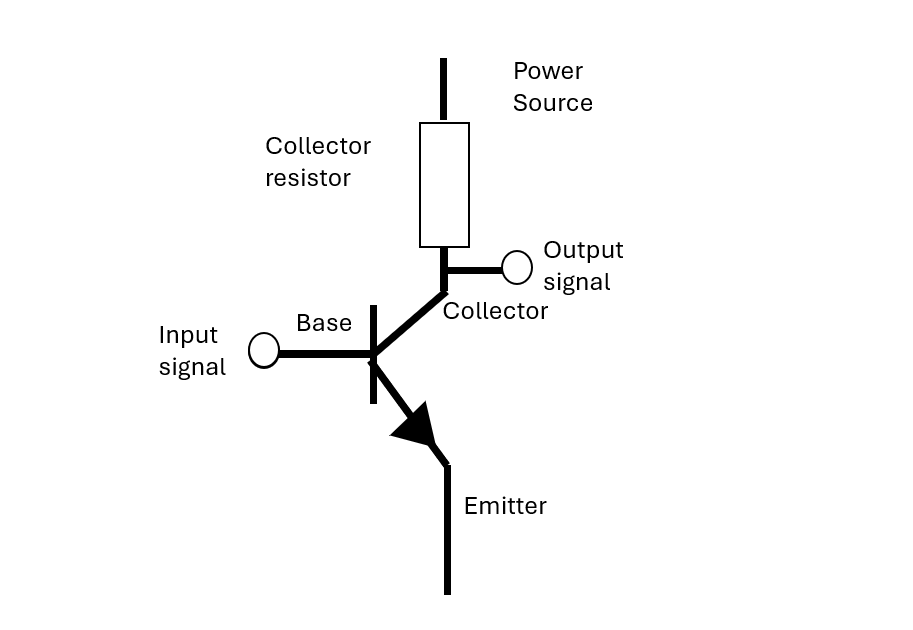This is the typical number system also known as the decimal system with 10 unique digits ranging from 0 to 9. This system uses columns, with each column from right to left representing a higher power of 10 starting at 100. While most people are familiar with base 10 different civilisations through time used different default base counting systems such as the Mayans who used a base 20 or vigesimal system.
Binary uses a base 2 system with only the digits 0 and 1 to represent numbers with each column from right to left being a higher power of 2, starting at 20. Binary is used in machine code to represent instructions and is vital to storage and execution of all data and instructions in computers. Each column in binary is 1 bit and 8 bits form a byte which can be represented using 8 transistors, each one acting as a switch. In transistors 1 is represented by high flow of current and 0 by low flow of current. Most modern chips contain billions of transistor such as Apple's M4 chip with 28 billion with higher end processsors containing more allowing for larger cache sizes.Transistor below:

This system uses base 16 with the digits after 9 being A,B,C,D,E and F with F having a denary value of 15. Hex is used as it is far easier to read than binary and simple to convert as each digit of hex converts to 4 bits of binary. This better readability allows for fewer human errors when transcribing colour codes and memory addresses. Colour codes use hex with the format # followed by a value of 00 to FF for the RGB scale such as #FFFFFF for white.